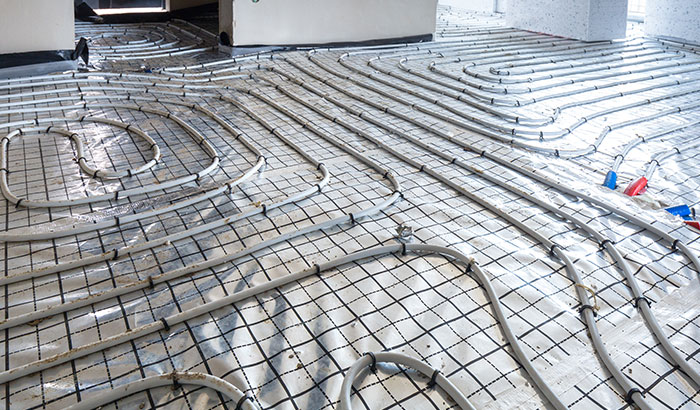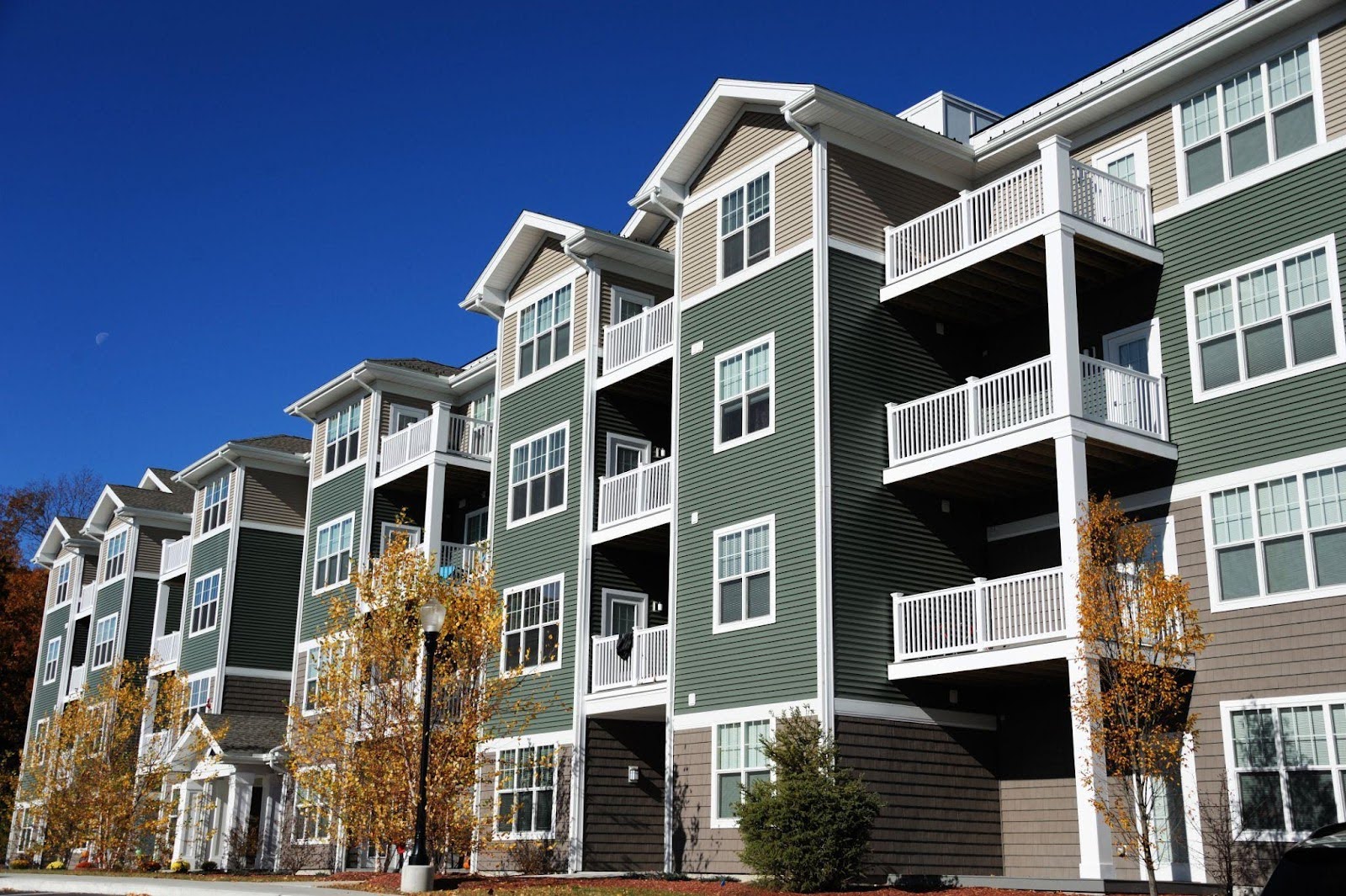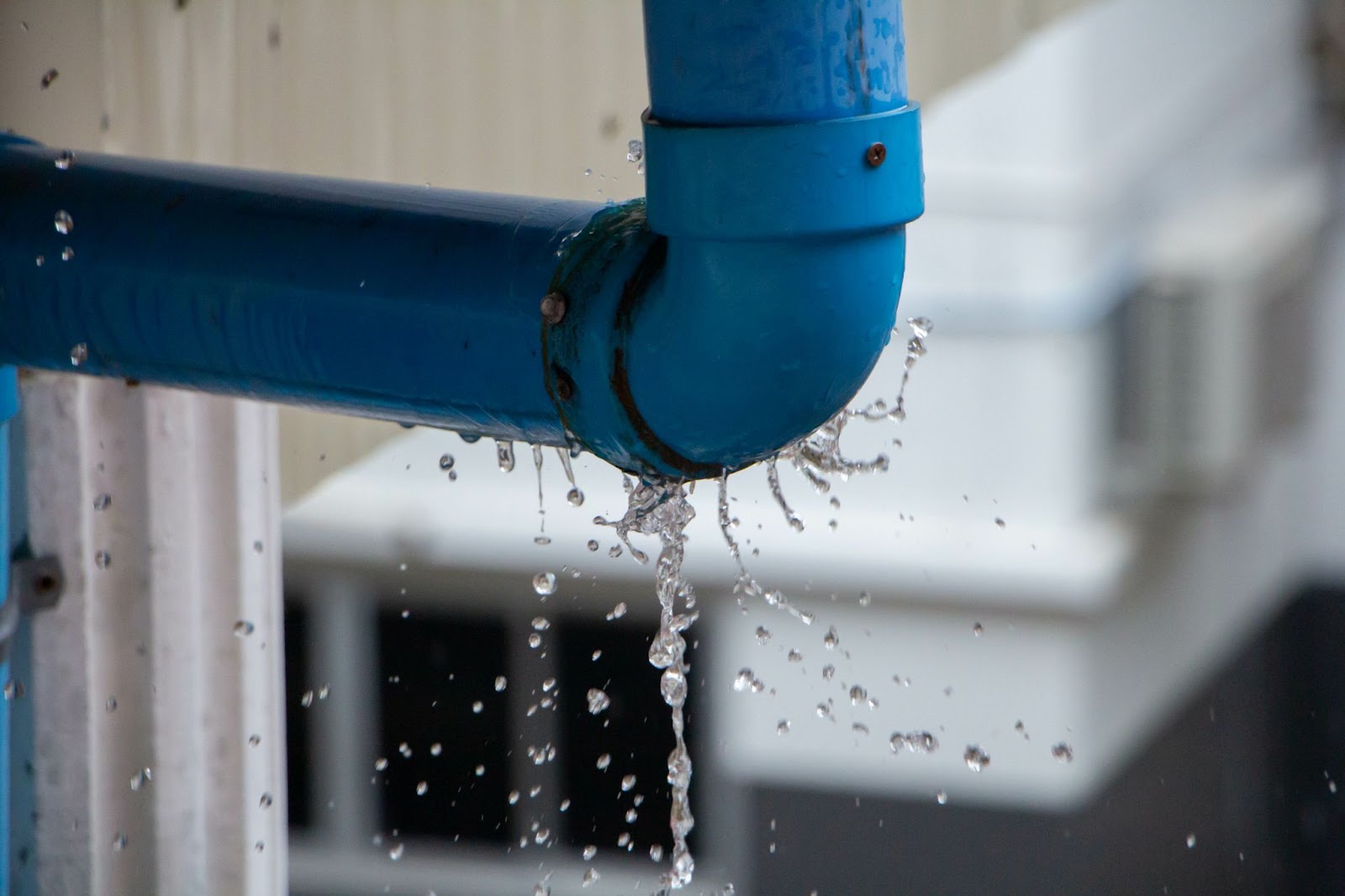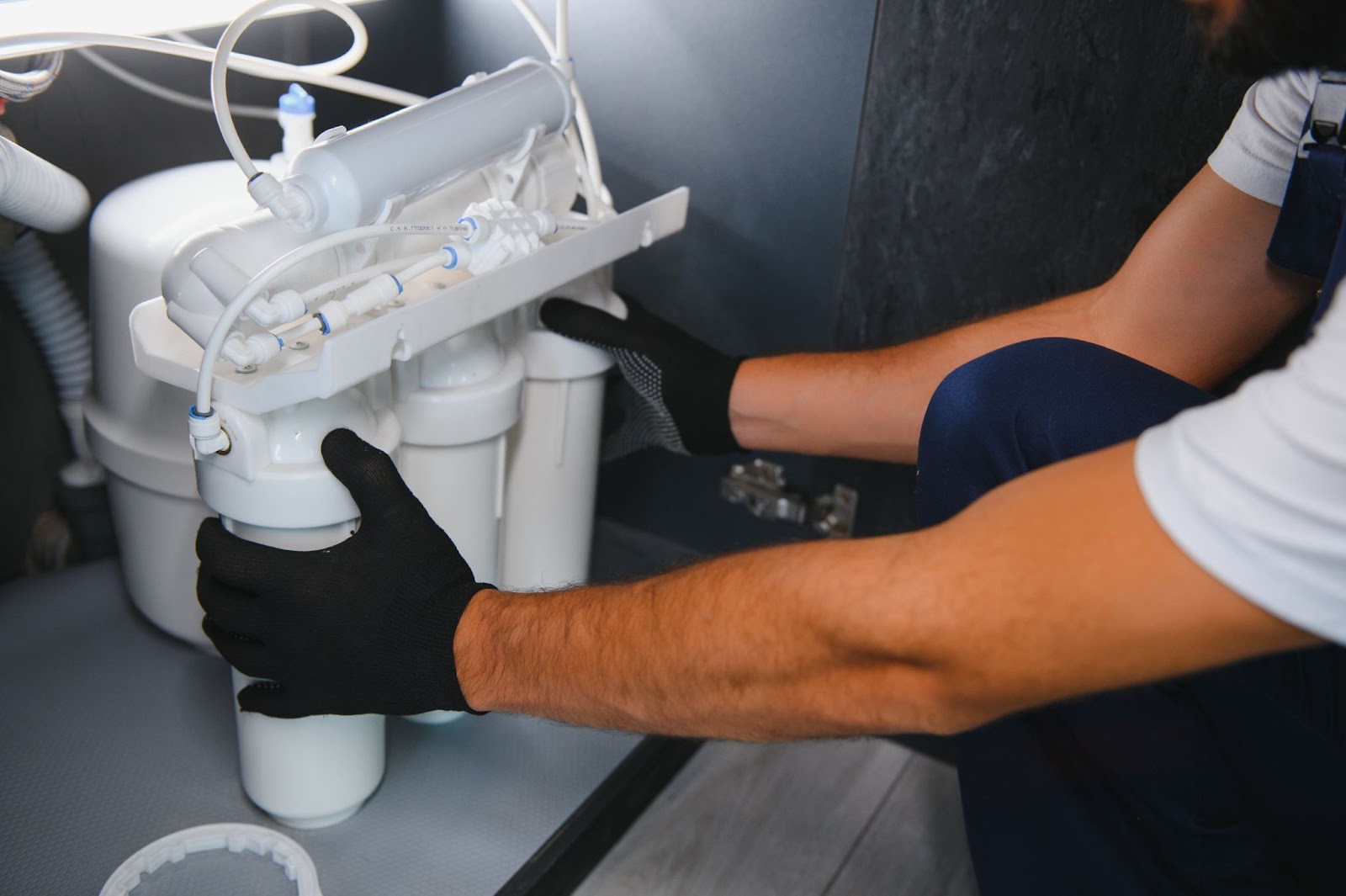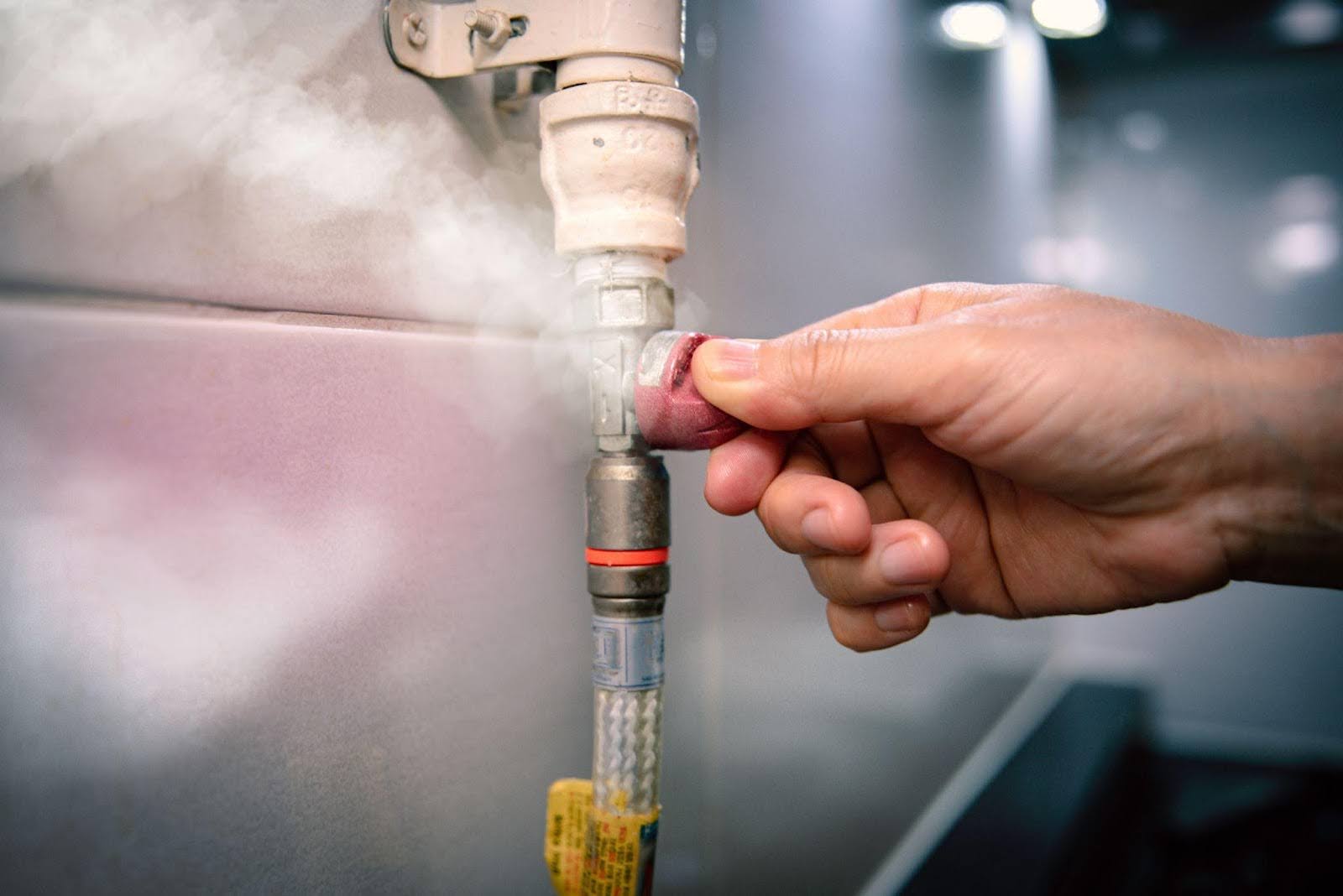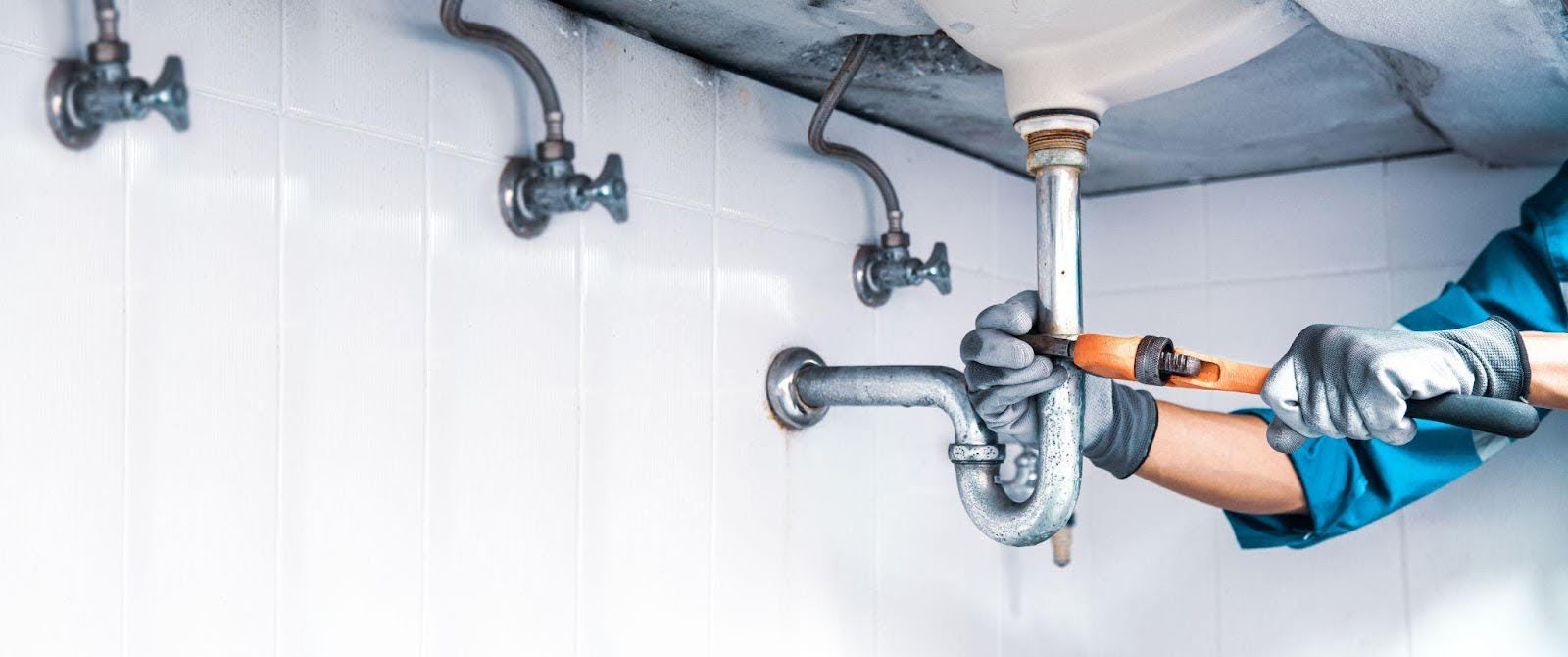Radiant heating systems work uniquely by sending heat to the floor instead of it circulating in the air. Radiant heating systems utilize convection instead of blowing warm air through your ventilation system like most standard units. Convection involves a heated fluid transferring heat from a solid surface to a non-solid surface, such as air or water.
It’s an entirely different approach to heating your home, but it is cost-and-energy efficient when done correctly. We’ve explained what a radiant heating system is and discussed the associated frequently asked questions and pros and cons. Now, we’re talking about how radiant heating systems help preserve energy in your home.
It’s true. You might be surprised to know that 45 percent of your energy bill comes from space heating. Natural gas is the most popular heating fuel; it’s used in 57 percent of homes in the United States. With those percentages, it’s easy to see that switching to a distribution system like radiant heating could be much more efficient and save you money.
Efficiency
Radiant heating is efficient because the hot air doesn’t go through ducts, eliminating the need to worry about lost air.
Typically, when hot air comes through your ducts, some of it stays there, which is why your ducts can be hot to the touch. That heat is wasted. Your ducts don’t need to stay that warm because their sole job is distributing heat. But there isn’t a way to push the hot air all the way out of the duct, resulting in wasted heat and energy.
You also deal with various temperatures circulating all around your home. It could be 110 degrees in one corner but 65 degrees in the other.
With a radiant heating system — especially a hydronic system — the heat comes up through the floorboards with no intermediary for it to pass through. The temperature will be regulated throughout the zone, eliminating uneven temperature issues in your home.
This is great for you since you have to pay for your heat, whether it’s stuck in your ducts, floating to your ceiling, or truly keeping you and your family warm.
Three Types of Radiant Heating
There are three types of radiant floor heat: air-heated radiant floors, electric radiant floors, and radiant hydronic floors. The different kinds of radiant heating systems work differently, but not all of them preserve energy.
Air-heated radiant floors aren’t any better than your traditional unit system when it comes to energy conservation. In fact, it can cost more than your standard unit. That might not be a problem if efficiency isn’t your primary concern. But, we are talking about energy efficiency here.
Electric radiant floors are more energy-efficient if they’re used at optimal times. And hydronic radiant heating systems can be your best friend. Let’s take a closer look at these two types of radiant heating systems.
Electric Radiant Floors
When used smartly, electric radiant floors help preserve energy. Paying for electricity during the day can quickly get pricey, so if you can, you’ll want to avoid turning on your heat during this time.
Electricity is much cheaper during off hours, usually from nine p.m. to six a.m. If you heat your floors during this time, you’ll save a lot of money since the heat lasts up to 10 hours after being “charged.” In other words, you won’t need to heat your home much, if at all, during the day.
An electric radiant floor system is also a smart choice for add-ons to your home, such as an in-law suite or basement-level housing. Extending your current heating system to the add-on would cost a lot of money. Installing a thermal floor unit Is a more practical, cost-effective choice.
Hydronic Radiant Floors
Hydronic radiant floors are easily the most popular type of radiant floor heating, which makes sense since they are the most cost-effective and energy-efficient. Hydronic radiant floors work by pumping heated water from a boiler through the tubing under the floorboards. A boiler system is one of the cheapest ways of heating your home.
The exact cost is based on where you live and the size of the home you’re heating. But even with those factors, you’ll still preserve energy with hydronic radiant floor heating since water transports energy 3,500 times greater than air.
Radiant heating is also more energy-efficient because the heat stays near the floor instead of circulating in the air. Traditional heating systems blow air into the room. Instead of circulating and flowing down to the floor where it’s most needed, traditional systems cause the air to rise to the ceiling, where it isn’t heating anything.
You can lower the heat in your home by as much as four degrees because the heat stays closer to the floor with a hydronic radiant heating system. Four degrees might not seem like much at first, but you’ll be surprised at how much money and energy you can save.
Installing in zones is yet another factor that makes hydronic radiant heating systems energy-efficient. Instead of spreading the same zone through the whole house, you can heat each area according to its needs.
For example, you’ll want your bedrooms to be well-heated at night, but those zones won’t need as much heat if no one is home during the day.
Get Your Radiant Heating System from Salisbury Plumbing
Are you a Utah county resident looking to install radiant heating systems in your home? Look no further. Salisbury Plumbing has the expertise you need to have your radiant heating system expertly installed and maintained.
We also treat water, fix garbage disposals, install gas lines, repair tubs and showers, repair water heaters and burst pipes, install fire sprinklers, and work with commercial plumbing.
We’re locally owned and operated in Lehi, Utah, and serve all of Utah county. Plus, we offer discounts for senior citizens, teachers, and police officers. Salisbury Plumbing is here to meet all your needs! Contact us today for a free quote!
toto slot

